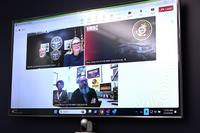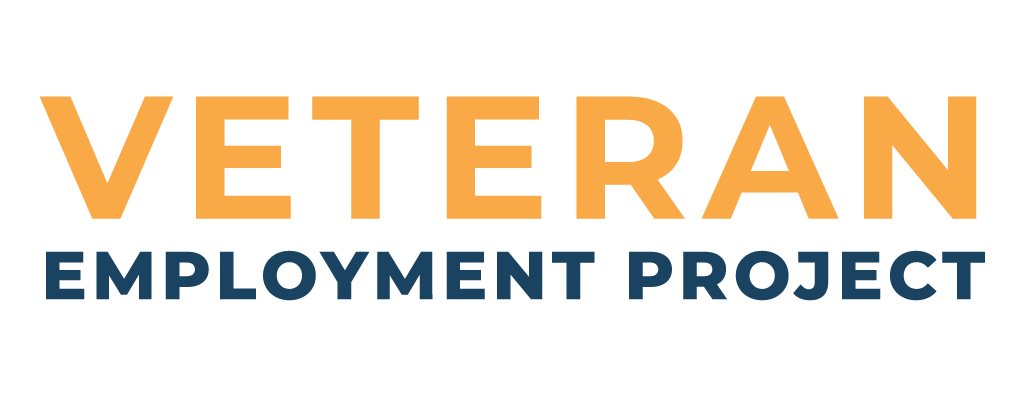Is there a magic number for Linkedin connections for veterans and military spouses? Do you really need 500+ connections to make LinkedIn work for you? And how can anyone really "know" more than 500 people anyway?
As Military.com's transition master coach, I get a lot of questions about the magic number for LinkedIn from veterans and spouses. Like many of my fellow transition coaches, I am constantly advising transitioning military members to increase their number of connections to 500+ during their job hunt -- whether they know the connection directly or not.
Veterans Question the Need for 500+ Connections
Veterans push back on this policy. Why? Because to a transitioning service member, the whole thing feels fake. It feels dishonest. It seems illogical. After all, the research shows that very few people have brains that actually can handle relationships with more than 500 people. Except with the kind of "relationships" you have on Facebook, maybe. Or Instagram. Or LinkedIn.
To make it even more confusing, LinkedIn itself has plenty of public messages for veterans that "connections" are supposed to be two-way relationships in which people know and trust each other.
To find out more, I checked in with some of my fellow coaches starting with Matt Quick, a career transition coach based in North Carolina who served in the Marine Corps and the Army. "Doesn't it make sense that it would be a bad practice for veterans to connect to people they don't already know?" I asked.
"Except these are 'connections,' not friends," Quick reminded me.
This is an essential point for veterans. When it comes to the job hunt, our friends, family and former colleagues are supposed to be close relationships. Yet our LinkedIn connections are often far more fleeting and still so powerful. Let me show you how it works.
7 Reasons You Need 500+ LinkedIn Connections During Military Transition
1. 500+ is their magic number.
One thing career coaches point out is that Linkedin pays a lot of lip service only to accepting people you know as connections. Yet its platform is designed to introduce you to second- and third-level connections every time you participate. Once you accept 501 connections, your profile displays only one thing: 500+ connections. This clearly signals that you reached a certain threshold, which sends a message even if LinkedIn does not spell it out.
2. 500+ staves off that newbie vibe.
"You need only 50 connections to give you an all-star profile," Quick said. "It shows your profile is complete, but 500+ makes you look like you are not a newbie."
This is important on LinkedIn, because it shows you are invested in LinkedIn and ready to participate fully. While you do not need to accept connections from everyone (I ignore people who are trying to sell me something), you can accept and seek out connections from recruiters, other veterans, people from your industry, transition professionals and fellow alumni to increase your reach.
3. 500+ makes you seem like a player.
LinkedIn rewards people who play the game. The more you participate, the higher you show up in the feed, and the more likely it is that you will be seen by working friends, recruiters and hiring managers.
Accepting requests and seeking new connections are the kinds of activities that show LinkedIn that you are a vigorous, energetic and active user. "I tell my clients to figure out where you want to go and what you want to do," Quick said. "Then focus on finding connections in those locations and in those industries."
4. 500+ is the sign of a more open network.
Everyone in the military starts with a military-focused network of about 150 people, but you need to meet more civilians if you want to find a job.
"You can't meet new people if you don't accept invitations," said Holly Best, who has been coaching transitioning veterans and spouses for more than nine years. Statistically, you are more likely to get hired by a third-level connection. LinkedIn is the right place to start making those connections.
5. 500+ means that you are more likely to be connected to your dream employer.
Once you have more than 500 first-level connections, your second-level connections explode exponentially. This means you are far more likely to be connected to the best employers with a military door. When you search LinkedIn for your dream company, look first for people you know, then look for recruiters, talent acquisitions professionals and talent sourcers. They know the job listings better than anyone.
6. 500+ is a collection, not a result.
Just because you collect more than 500 connections does not mean a job will come to you. You have to go onto the platform and engage. "Engagement is way more important than connections," said Quick, who uses LinkedIn constantly to connect with transitioning military members, clients and experts in employment.
Engagement is much easier than you think. You can tag people in your posts. You can reshare articles and events you like. You can join veterans groups. The most effective action might be to comment on someone else's post and share your own thoughts. People notice commenters in a good way.
Quick points out that many people (myself included) now have the "follow" button instead of "connect" as the primary option. He advises clients to first "follow" someone in the company that interests them. Then comment from time to time on their posts. Then ask for the real connection and start a conversation. "Don't waste that engagement," Quick said.
7. 500+ means your network is working for other people, too.
Like so many people on LinkedIn, there are many people who are there to help others. "My network isn't just for me," Best said. "It is for the people I work with. A lot of what I do is reaching out to employers to let them know about our program and our graduates."
It is a great thought. When your network is larger, you are helping other veterans connect with their dream employers, too. Your first connections show up as someone else's second connections. The more we reach out to each other, the more connected we will all be.
Learn More About the Veteran Employment Project
To get more tips on how to make a successful military transition, sign up for one of our FREE Military Transition Master Classes today. You can view previous classes in our video library. Questions for Jacey? Visit our Facebook page.







